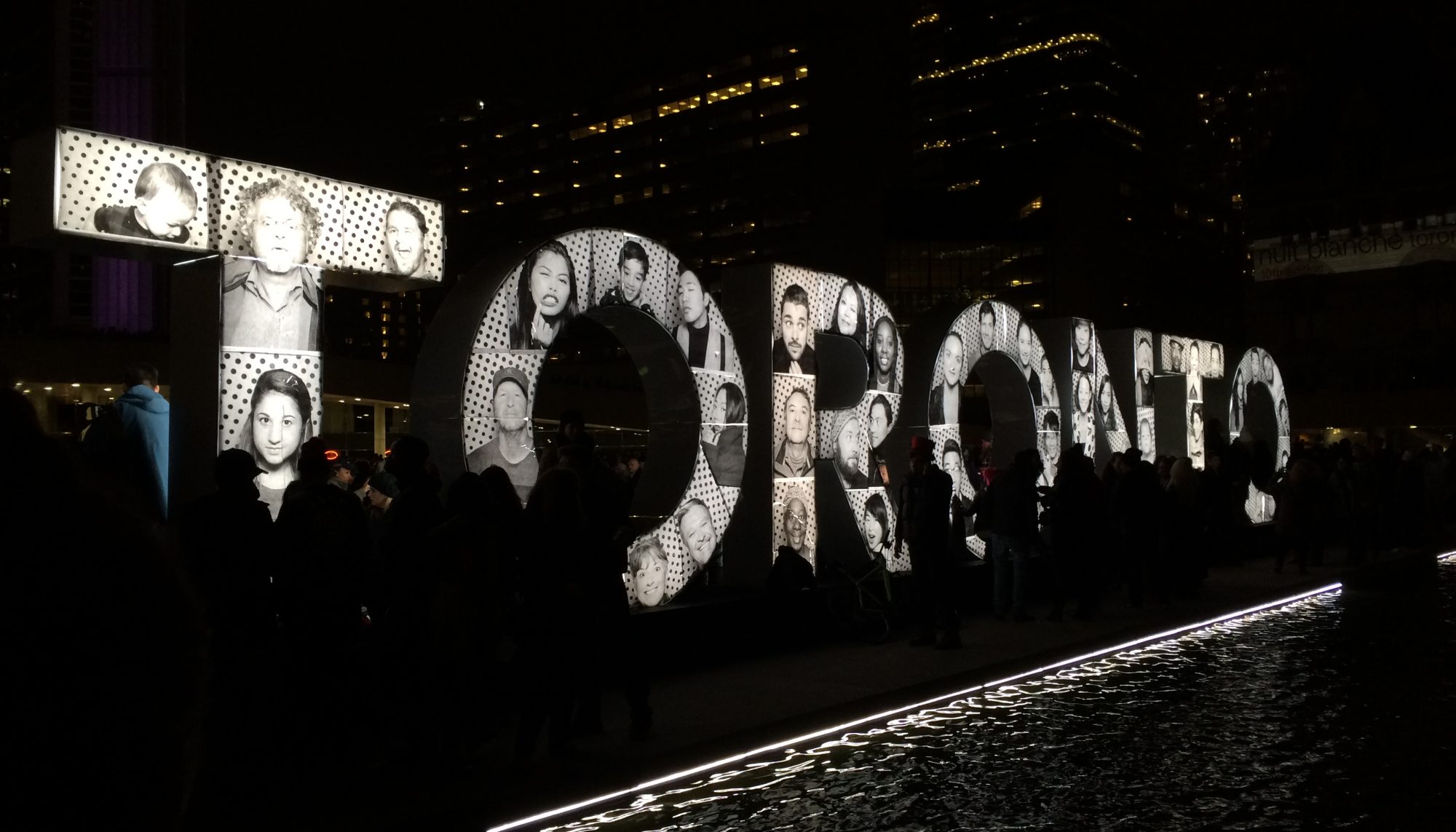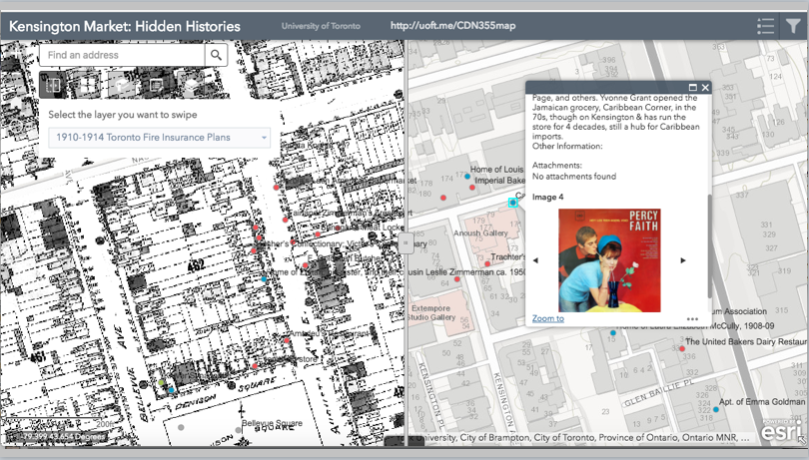This Saturday May 12, 2018, I will be showcasing Kensington Market: Hidden Histories in The SciArt Gallery, a feature exhibition in Sidney Smith Hall, UToronto, St. George St. entrance.
Looking forward to sharing our fantastic S.T.E.A.M. project, augmented reality app and interactive maps, with student scientists, future students and the curious. Stop by if you’re in the area! 11 am to 4 pm.
You can download the app on iTunes and Google Play. And because we are SO CLOSE to Kensington Market, you could walk to the Market to experience on the AR app on site.
The AR app & maps were created for CDN355 Digital Tools, Canadian Studies Program, University College, University of Toronto and information on the course is here.
Description of Science Rendezvous’ 2018 theme from the website:
“For 2018, the unifying theme of SR is “Full S.T.E.A.M. Ahead!” and emphasis will be put on the Art that appears in all disciplines of S.T.E.M. From the vibrant shapes and colours of diverse living organisms, to the graceful designs of aerodynamic vehicles, and the stars and planets that paint our night sky, 2018 will see the inauguration of the SciArt Gallery. The SciArt Gallery will host artists from the Toronto area whom have been inspired by S.T.E.M. to create different forms of art. Here, artists will be encouraged to engage attendants in discussion about their work and what aspect(s) of science inspired them to start creating.”



